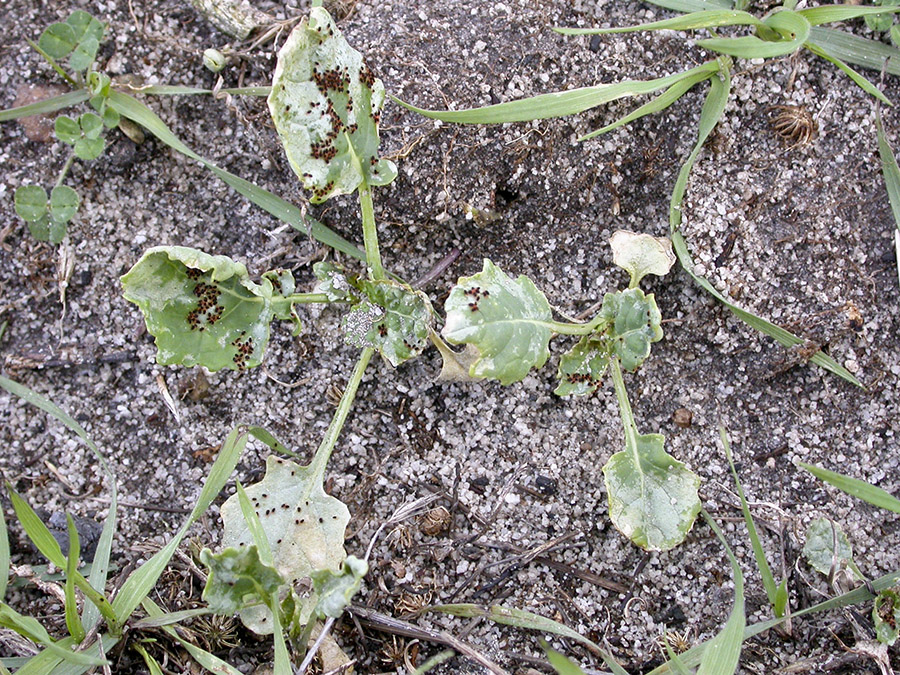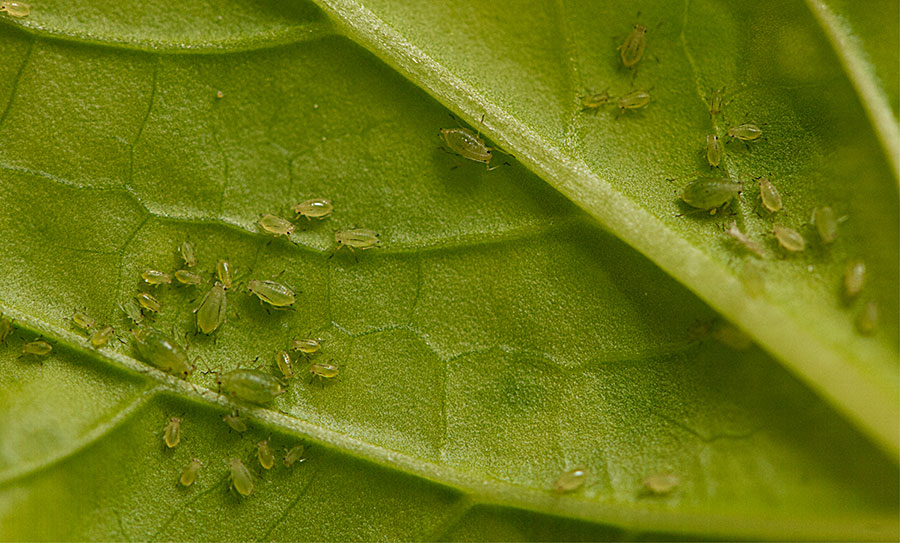An authority on the control of insect pests in grain crops says knowledge is power when it comes to preserving the effective life of registered insecticides.
Key points
- Insecticide resistance continues to rise in Australia
- Integrated pest management and resistance management will play a critical role in maintaining the long-term sustainability of the grains industry
- Researchers recommend reducing the use of broad-spectrum insecticides, such as synthetic pyrethroids and organophosphates
Dr Paul Umina – a director of Cesar Australia and an Associate Professor at the University of Melbourne – provided an update on which grain pests had evolved resistance to insecticides at the latest Crop Protection Forum. The forum was held in Wagga Wagga, New South Wales, late last year.
“Species presently with resistance include the silverleaf whitefly, western flower thrips, onion thrips and the two-spotted spider mite. However, these are generally regarded as relatively minor pests in Australian grains,” Associate Professor Umina said.
Of broader concern, he said, was the resistance that had evolved in the green peach aphid, redlegged earth mite, diamondback moth and cotton bollworm (Helicoverpa armigera).
“In all cases, we have resistance to multiple chemical modes of action groups that have evolved in the same species,” he said. “For example, the diamondback moth has evolved resistance to seven different chemical groups, while the silverleaf whitefly has resistance to 11 different groups.
“Just in the past couple of years, we have also seen resistance detected in the blue-green aphid for the first time. This species is a pest of pulse crops, pastures and lucerne. Resistance has been confirmed to carbamates, organophosphates and synthetic pyrethroids.”
Management practices
Associate Professor Umina explained that one of the reasons for resistance evolution in pests was the grains industry’s heavy reliance on a limited number of insecticide modes of action.
“We are very reliant on synthetic pyrethroids and organophosphates in the grains industry, particularly in the southern and western cropping regions,” he said.
“There is also widespread use of insecticide seed dressings, particularly in crops like canola. While seed dressings provide an important function in protecting seedling crops, the vast majority of seed dressings currently available in the grains industry are underpinned by a single mode of action – the neonicotinoids.
“The widespread prophylactic [preventative] use of insecticide seed dressings is undoubtedly placing strong selection for resistance on a number of pest species, including mites and aphids.”
Redlegged earth mites

Redlegged earth mites (Halotydeus destructor) causing damage to emerging canola.
Associate Professor Umina said redlegged earth mites first evolved resistance to insecticides in Western Australia about 15 years ago.
“Since then, Cesar Australia has been collaborating with CSIRO and the WA Department of Primary Industries and Regional Development to monitor the distribution and frequency of resistance in redlegged earth mite populations nationally,” he said.
“Resistance is now widespread across the WA grainbelt and is also found in parts of eastern Australia.”
At this stage, he said, synthetic pyrethroid resistance in redlegged earth mites had not been detected in NSW, Victoria or Tasmania.
However, redlegged earth mites have also evolved resistance to organophosphates. The first confirmed case of organophosphate resistance in redlegged earth mites was found in WA in 2013 and has since become more frequent across WA and South Australia. It was also recently detected in Victoria.
Green peach aphids

Cesar Australia researchers have detected high levels of resistance to synthetic pyrethroid and carbamate chemicals in green peach aphids across Australia. Photo: Brad Collis
Associate Professor Umina said there were high levels of resistance to synthetic pyrethroid and carbamate chemicals in green peach aphids across Australia.
In green peach aphids, he said, almost every field population that researchers had screened was found to possess low levels of resistance to organophosphates and neonicotinoids.
“Importantly, recent research at Cesar Australia has shown that neonicotinoid resistance in green peach aphids, although only found at a low level, reduces the length of protection offered by some of the most commonly used canola seed dressings in Australia,” he said.
“Green peach aphids have also evolved a low level of resistance to sulfoxaflor (Transform®) and this resistance has now been found in aphids from several Australian states.”
Associate Professor Umina said his team had also detected resistance in green peach aphids to Group 23 chemistries (for example, Movento®), which demonstrated the high propensity of this species to evolve resistance, although the chemistries are not registered for use in the grains industry.
“There is no doubt that many of the grains industry’s most-important pests are highly adaptable species and if we continue to use chemicals as we have been, these pests will evolve new resistances and eventually overcome the management practices we are currently employing,” he said.
“It illustrates the importance of moving to more integrated pest management programs in order to prolong the life of available insecticides.”
Delaying resistance
At the end of his presentation, Associate Professor Umina offered several management practices that could be used to reduce the incidence of insecticide resistance in redlegged earth mites and green peach aphids. These included:
- reducing reliance on broad-spectrum chemicals such as synthetic pyrethroids and organophosphates because they are toxic to beneficial insects, which can help to suppress these pests;
- avoiding the use of insecticide seed dressings year after year in every paddock;
- in the case of green peach aphids, eliminating the green bridge and crop volunteers 14 days before sowing;
- strategically grazing pastures to less than 1.4 tonnes per hectare of food on offer in spring to reduce redlegged earth mite numbers, which will reduce the need to use the TimeRite® spring spray strategy;
- avoiding the repeated application of insecticides with the same mode of action; and
- not cuttting the recommended label rate of insecticides regardless of the pest/crop situation.
Resistance testing is available in 2023 for redlegged earth mites, green peach aphids and blue-green aphids as part of the investments for this research from industry, including the GRDC.
If you experience a control failure or suspect resistance, contact the Cesar Australia team for instructions on how to submit samples for testing.
More information: Paul Umina, pumina@cesaraustralia.com, @cesaraustralia (Twitter)

























































